A dragon statue is a sculpture that depicts a large mythical creature resembling a lizard or a serpent. These figurines have different meanings and appearances in various cultures, often symbolizing power, wisdom, or magic. They can be crafted from multiple materials, such as stone, metal, wood, or resin, each giving them a unique texture. They also have different styles, being realistic, abstract, or cartoon-like. These dragon statues reflect the beliefs, values, or traditions of the people who make or own them. Browse for a vast selection of dragon statues at Alibaba.com.
Types of Dragon Statues
Dragon statues come in different styles and forms, each corresponding to particular cultural and artistic traditions. Chinese dragon statues, for example, are part of the rich and diverse heritage of Chinese art and culture. In Chinese culture, dragons symbolize authority, wisdom, and good fortune. They are also believed to control weather and water, such as rain, rivers, and seas. Stone dragon statues are sculptures made of stones, such as marble, granite, jade, or limestone. They are crafted in various colors, textures, and patterns. Suitable for outdoor decoration, they are different in size, shape, and style based on the sculptor's skill and creativity. Some are realistic and detailed, while others are abstract and stylized, enhancing the beauty and atmosphere of a garden, park, temple, or museum.
Unlike stone dragon statues, pewter dragon figurines are crafted from pewter, a silvery-gray metal alloy consisting mostly of tin, which is usually used as a home ornament or gift. Molded or crafted by artisans, they vary in detail and polish. Some are realistic and intricate, while others are abstract and simple, representing the modern and popular art of pewter crafting.
How to Maintain a Dragon Statue
Maintenance of dragon figurines involves considerations for their material, cleanliness, protection, and potential repair. Different materials exhibit different properties and needs. For instance, stone statues are generally more resistant to weather and erosion than metal ones but can be prone to cracking or chipping. The artwork should be cleaned regularly with a soft cloth, brush, or vacuum cleaner. A mild soap and water solution can be used for wiping, followed by thorough drying. Harsh chemical or abrasive materials should be avoided. A protective coating or sealant can be used to protect the artwork from external factors such as sunlight, moisture, temperature, and pests. A cloth or plastic sheet can be used to cover the artwork when not in use. Ideally, the artwork should be kept indoors or in a shaded and dry area. Glue, filler, solder, and painting or polish can be used to repair broken or missing parts and restore color and shine. A professional restorer or sculptor can be consulted in cases of severe damage.

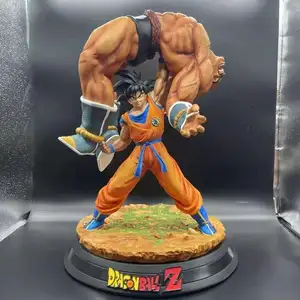



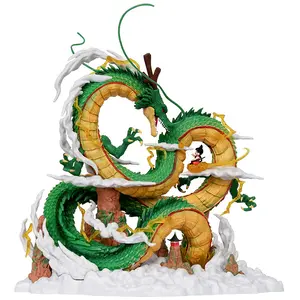


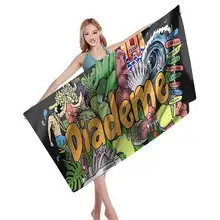













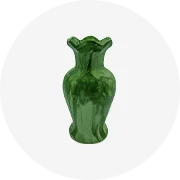
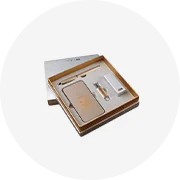
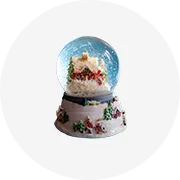









 浙公网安备 33010002000092号
浙公网安备 33010002000092号 浙B2-20120091-4
浙B2-20120091-4